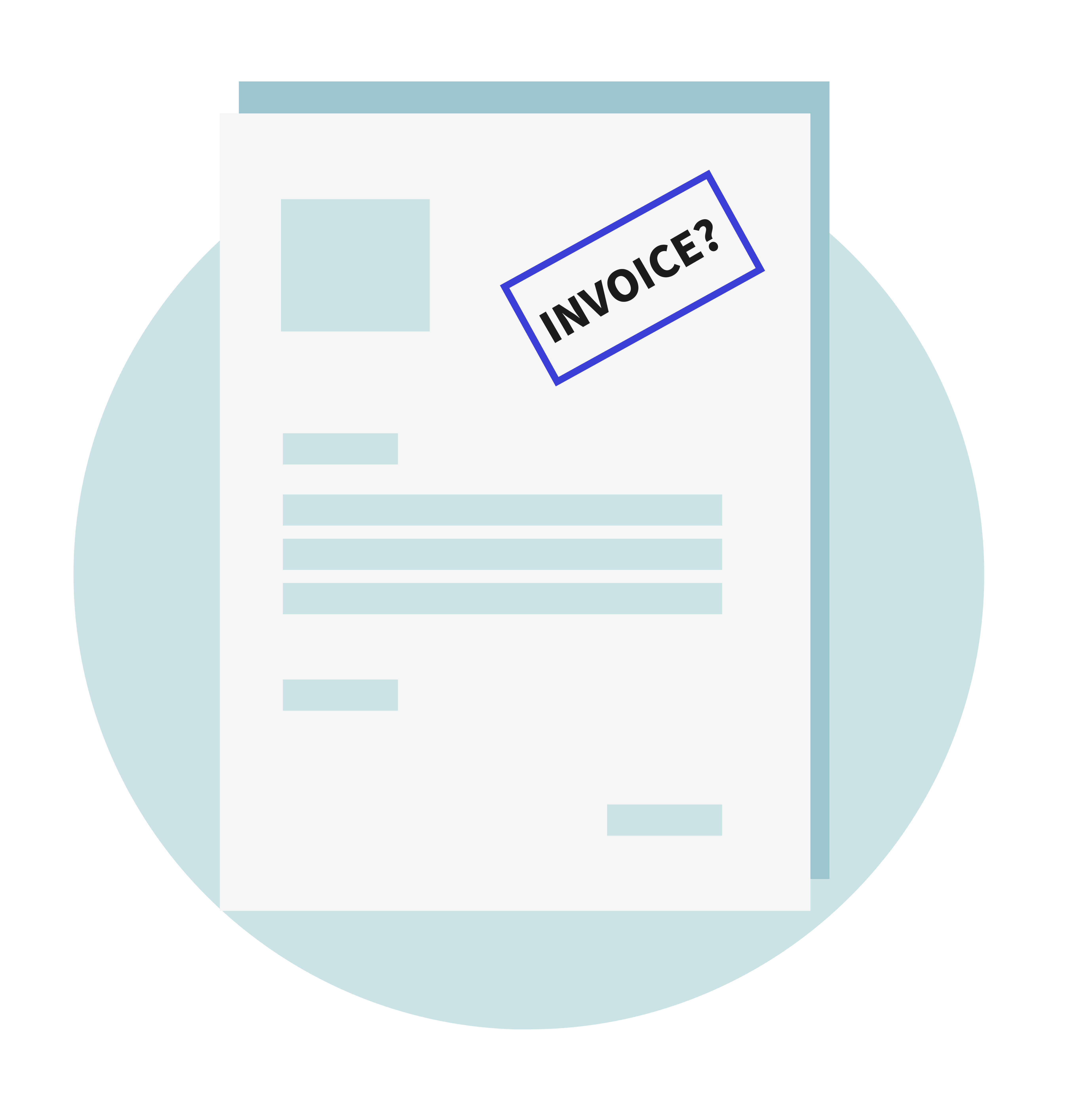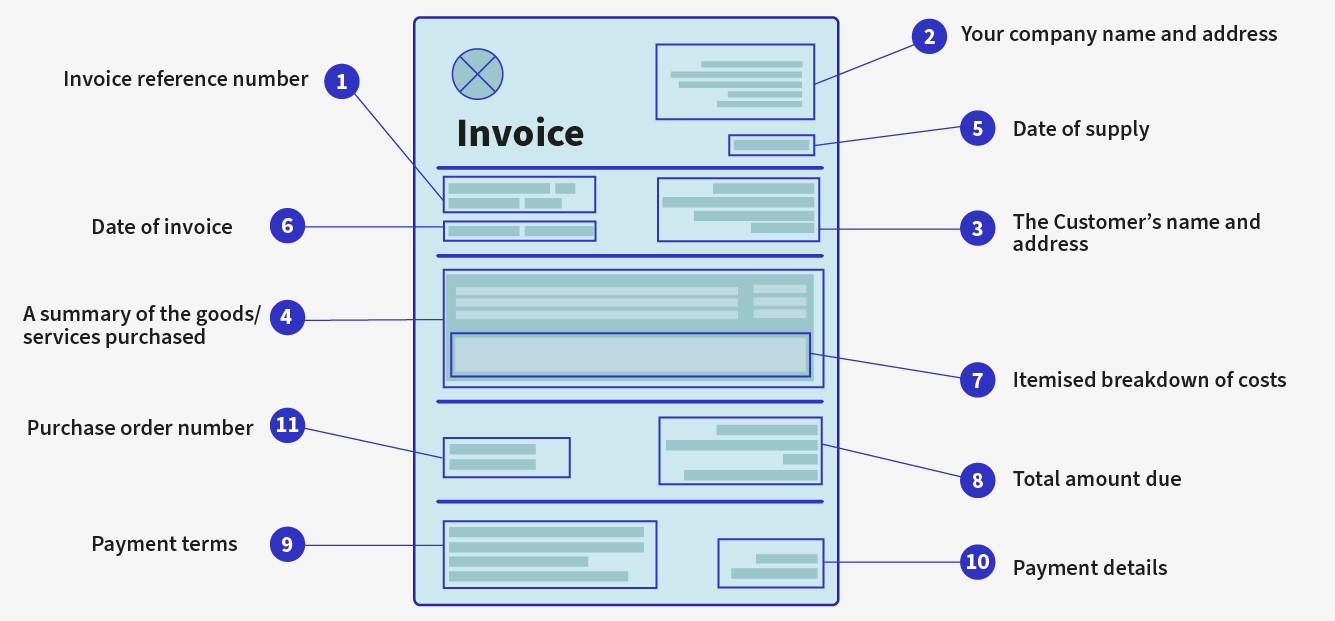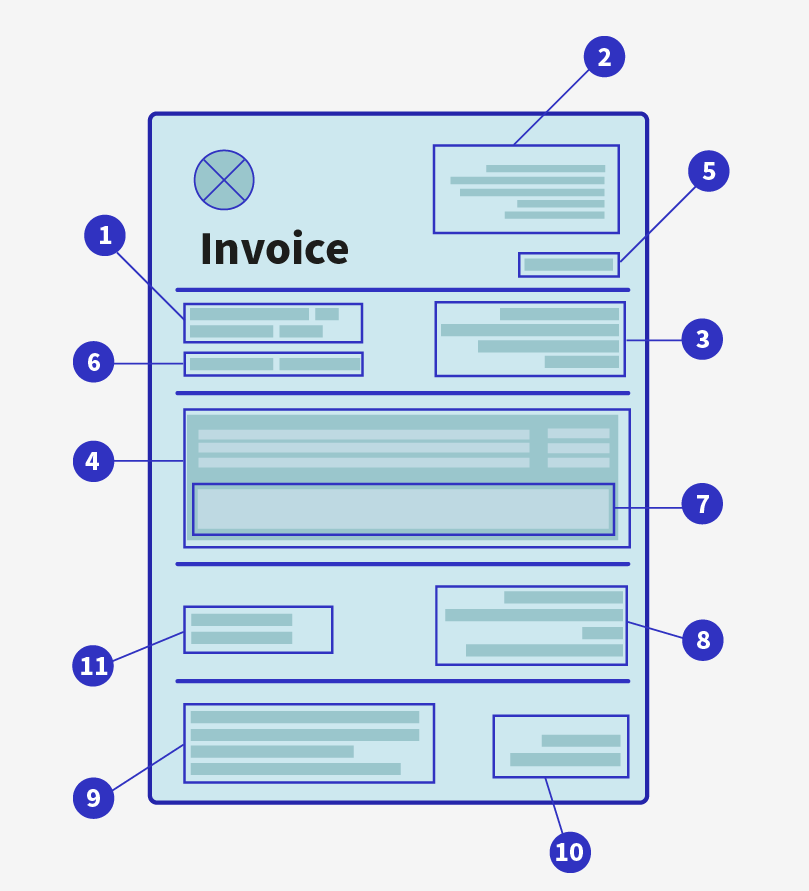How to write an invoice UK: an easy guide
How to write an invoice UK: an easy guide
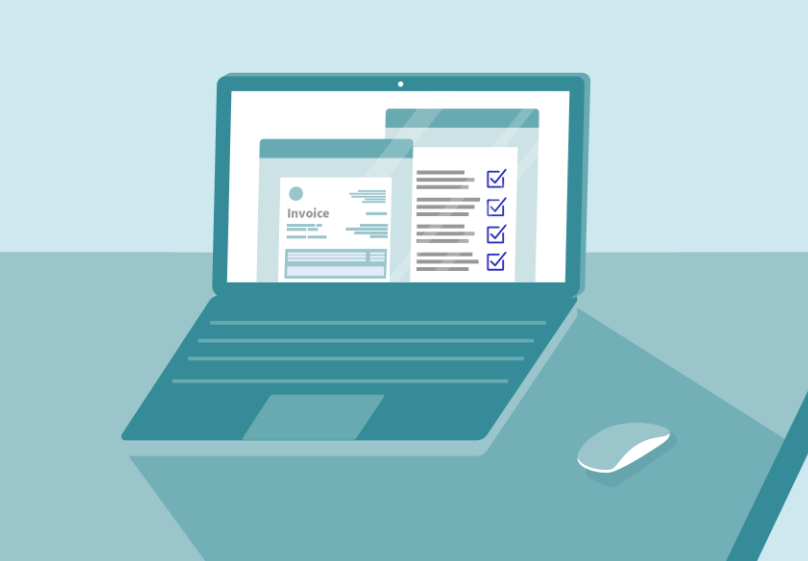
Managing cashflow is one of the most important challenges you’ll face as a small business. Customers and suppliers aren’t usually in a hurry to pay you, which is why it’s important to send your invoices as soon as possible. But even then, no matter how prompt you are in sending an invoice, if it’s poorly worded or incomplete, you won’t see your money in a hurry.
A professional invoice and clear payment terms can make all the difference when it comes to getting paid in full and on time. However, the benefits of having a well-formatted invoice don’t end there. As well as providing legal protection for you and your customers, a good invoicing system makes it easy to evidence your income for any future HMRC audits.
Here, AXA explains everything your small business needs to know about invoicing. Plus, there’s a downloadable example of an invoice to help you get started.
What is an invoice?
An invoice is a time-stamped document that records a transaction of goods or services between a buyer and a seller. It isn’t a bill or a receipt, it’s a request for payment. Ultimately, an invoice tellsthe recipient when, how and how much they need to pay. That’s why a well-structured invoice and clear payment terms are crucial when it comes to making sure you get paid quickly.
Different types of invoices
There are many different types of invoices, and if you don’t know what you’re looking for, it can be easy to get overwhelmed with all the options. The invoices you’ll send depends on what industry you’re in, the type of work you do and how often you like to get paid. Here’s a summary of the invoices self-employed people and small businesses use most often.
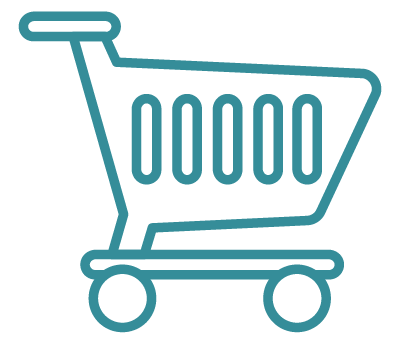
Sales/Purchase invoice
A sales invoice is an accounting document that records a business transaction. Sales invoices provide a record of what was purchased and how much the customer owes. A sales invoice is sometimes called a purchase invoice – you send a sales invoice and receive a purchase invoice.
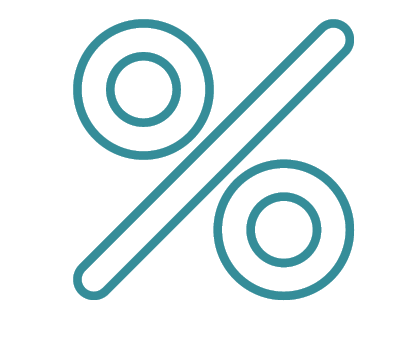
Tax invoice
Tax invoices are used so businesses can charge VAT on their goods or services and so they can reclaim the VAT charged on goods or services they purchase. That’s why it’s sometimes known as a VAT invoice.
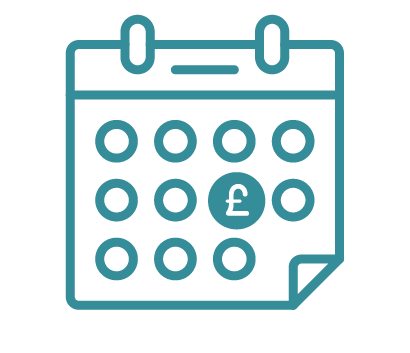
Pro forma invoice
The term pro forma is Latin for ‘as a matter of form’ or ‘for the sake of form’. A pro forma invoice is sent to customers before the service is provided with an estimated cost of the work. It’s not a legal record of a sale and it may have to be altered once a project is complete to accurately reflect the costs.

Interim invoice
Interim invoices, also called progress invoices, bill the recipient for work that’s been completed up to that point on a large project. They’re sent in regular increments and the amount is usually based on the initial project estimate.

Final invoice
A final invoice is sent to a customer to request payment once a project has been completed. It’s usually the last in a series of interim invoices and will be more detailed than interim or pro forma invoices.
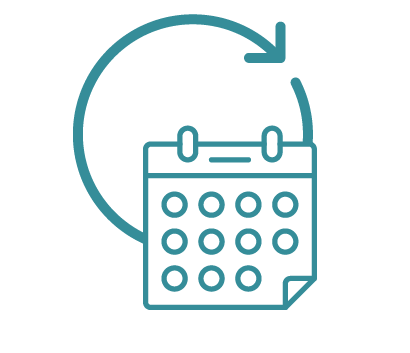
Recurring invoice
Recurring invoices are sent to the same customer at regular intervals. They’re commonly used by businesses who charge customers the same amount each month, for example a package deal or subscription service.
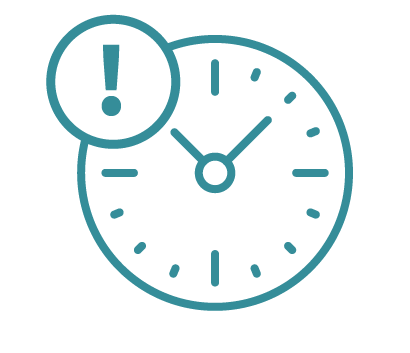
Past due invoice
When an invoice hasn’t been paid, you can send a past due invoice. For past due invoices, you should include the same details listed on the final invoice but also include an overdue stamp and whether or not you’re charging interest or late payment fees.
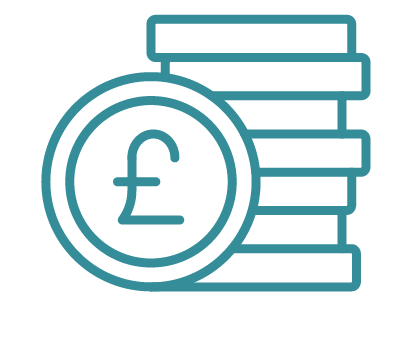
Credit invoice
A credit invoice, or credit memo, can be issued when goods are returned or when a customer is overcharged. A credit invoice or memo will include a negative number, for example if you’re sending a £100 refund, the total on the credit invoice would be -£100.
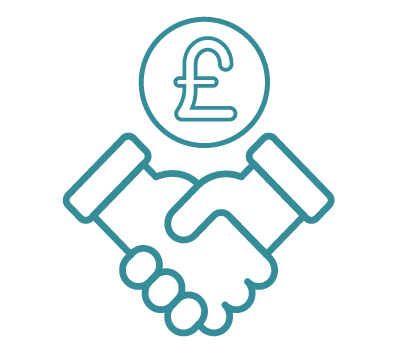
Commercial invoice
Commercial invoices are typically used as a customs declaration and contain details about the goods you intend to ship. They’re used by businesses who sell goods to customers internationally and they’re classed as a legally binding document, which means you can’t change the price unless the invoice expires.
What should an invoice include?
When it comes to writing an invoice, there are some things you need to include as standard on most invoices you send. It might sound obvious, but the first thing you should do is clearly label the document as an invoice so customers don’t confuse it with something else. Here are the other things your small business will need to include when you send an invoice…
- Invoice reference number
Every invoice should include a unique invoice reference number. The easiest way to manage this is to use a chronological numerical and/or alphabetical system and storing it on an Excel spreadsheet. - Your company name and address
As well as your trading name and business address, you might also want to include your email address and phone number so your customers can contact you if they need to. - The customer’s name and address
Including the name and address of the customer on an invoice is standard procedure. It means the customer can use the invoice as evidence for things like claiming back expenses or VAT. - A summary of the goods/services purchased
A good invoice has a concise but detailed description of what the customer is paying for. Each service or item should be included on a separate line so it’s easy to understand. - Date of supply
The ‘supply date’ is when the goods were purchased or the service was carried out. - Date of invoice
The date the invoice was written, not when the goods or services were supplied. - Itemised breakdown of costs
If you’re supplying more than one item or service, each item should be listed with an individual amount next to it. - Total amount due
The sum of every item listed on the invoice, clearly labelled so the customer knows how much they’re due to pay. - Payment terms
Payment terms confirm when and how the customer should pay. For example, you could say something like ‘Payment due in 14 days from invoice date by BACS transfer’. - Payment details
Confirm how the customer should pay the invoice and provide any relevant payment details. For example, your sort code and account number for a BACS transfer. - Purchase order number
If you agree to a sale through a purchase order (PO), you should include the PO number on the invoice. Businesses commonly request a PO because it’s a legally binding document.
What to include: requirements for sole traders, limited companies and VAT-registered businesses
The way you write an invoice depends on the type of business you are and the work you do. There are different legal requirements for sole traders, limited companies, and VAT-registered businesses.
Sole traders must include:
- Your name
- Business trading name
- Your address or the business address
Limited companies must include:
- Company name
- Registered business address
- Registered company number
- Director names (if applicable)
VAT-registered businesses:
There are three types of VAT invoices:
- Full: The standard and most common invoice used when the sale is subject to VAT. If in doubt, use the full invoice format.
- Simplified: Includes less information than a full invoice – it simply tells the customer how much is due, VAT included. Simplified invoices can only be issued for purchases up to £250. For VAT invoices with sales over £250, a modified or full invoice must be issued instead.
- Modified: Similar to a full invoice but also includes the VAT inclusive price of products and the total amount including VAT. Modified invoices are only issued to sales of taxable purchases over £250.
| What to include | Full | Simplified | Modified |
| Invoice reference number | Yes | Yes | Yes |
| Date the invoice was issued | Yes | No | Yes |
| Your business name and address | Yes | Yes | Yes |
| You customer’s name and address | Yes | No | Yes |
| Your VAT number | Yes | Yes | Yes |
| Description of the goods and/or services | Yes | Yes | Yes |
| Total amount excluding VAT | Yes | No | Yes |
| Total amount of VAT | Yes | No | Yes |
| Price of each item excluding VAT | Yes | No | Yes |
| Quantity of each item | Yes | No | Yes |
| VAT rate of each item | Yes | Yes | Yes |
| Total amount including VAT | No | Yes | Yes |
Example of an invoice
Whether you’re new to business or you’d like to update your current invoicing process, AXA’s got you covered. You can download our invoicing template here for free and edit the document to suit your own requirements.
Download our invoicing template
How to send an invoice
When it comes to making sure an invoice gets in front of your customers you have a few different options. There isn’t a one-size-fits-all approach to sending invoices and what works for one business won’t be suitable for another. You’ll need to consider the type of customers you work with and how you can get the invoice to them in the quickest and safest way.
Email, post or online software?
The three most common ways to send invoices are by post, email and online software tools. Let’s take a look at each of these methods and weigh up the pros and cons.
 Post
Post
A good old-fashioned envelope and stamp shouldn’t be overlooked when you’re deciding how to send an invoice. Sending an invoice by post can be a great option for customers who rarely use email or aren’t online at all. However, compared to email or online software, sending an invoice in the post is less secure and can take much longer.
 Email
Email
Email is the preferred method of sending invoices for many small businesses. When sending via email, the invoice arrives instantly and it’s more secure than sending through the post. However, you’ll still need to create the invoice itself before attaching it to the email, which takes time and leaves room for human error.
 Online software
Online software
Lots of companies offer invoicing software to help you create and send invoices. If you have accountancy software from places like QuickBooks or Xero, you might already have an invoicing tool built-in to your package. Features like ‘pay now’ buttons mean your customers can view the invoice through a secure link and pay straight away. However, many of the free plans limit the number of invoices you can send so you might need to upgrade and pay for the service later.
How to write an email invoice
Sending an email is quick, free and secure which might explain why it’s the most common way for small businesses to send invoices.
When it comes to writing an email invoice, it’s important to keep your correspondence professional at all times – even if your regular communication is more casual and relaxed. However, a professional communication doesn’t mean you need to sound stuffy and write a long-winded invoicing email. You could just say something like this…
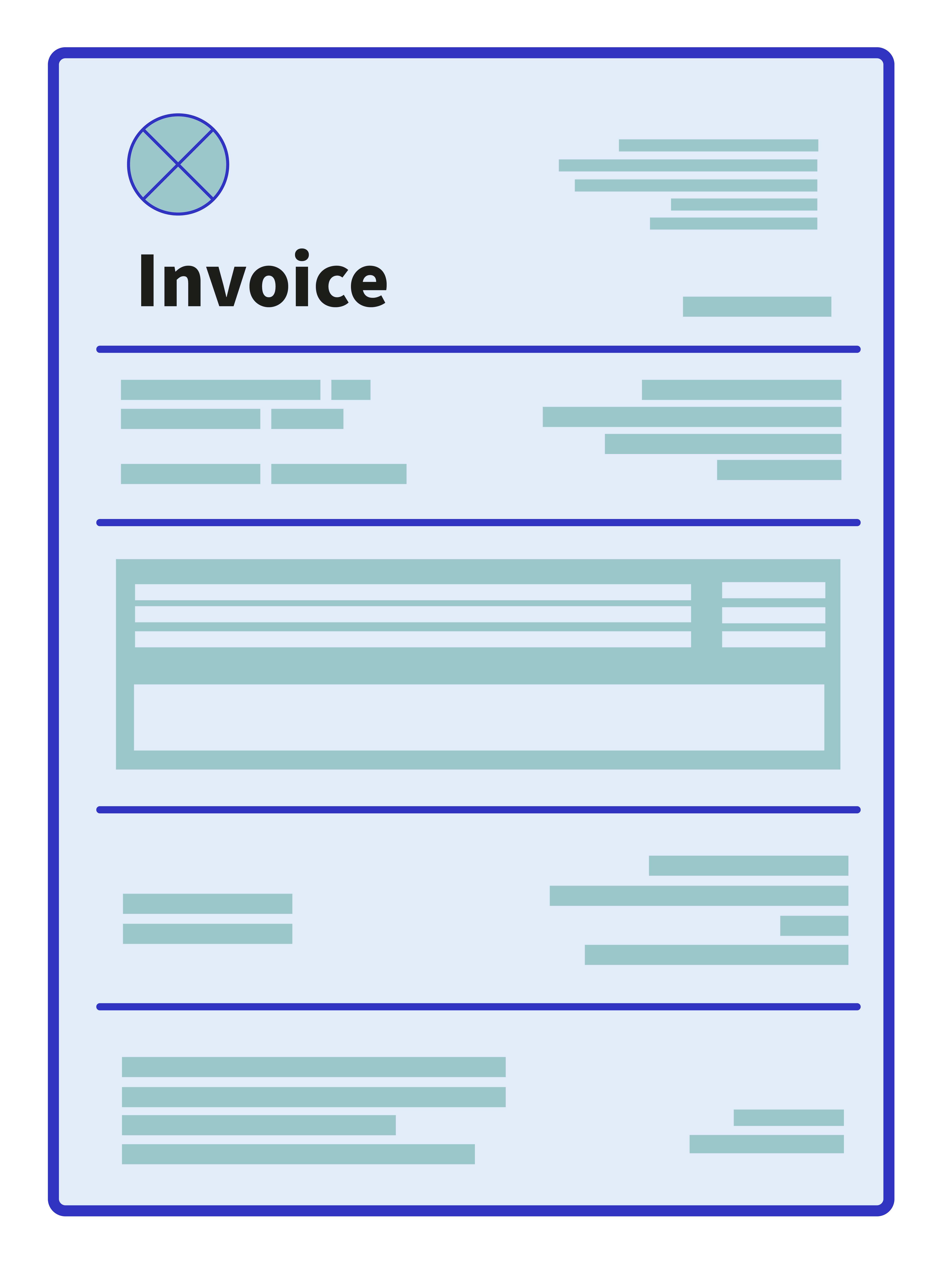
Subject line: Invoice [Reference number] for [Service/Product] due on [Date/Month/Year]
Dear [Customer’s name],
I hope you’re well.
Please see attached invoice [Reference number] for [Service/Product], due on [Date/Month/Year].
If you have any questions regarding this invoice, please contact [Contact information].
Kind regards,
[Your Name]
Payment terms: the need-to-knows
Payment terms are usually set out in your terms and conditions and will be agreed in advance by you and your customer. Essentially, payment terms tell your customer how and when you expect to be paid. You might also want to include information about your returns policy, late payment charges and warranty terms.
Your payment terms might include details like:
- When payment is due (for example 14 days from invoice date)
- Accepted forms of payment
- The currency you deal in (if you work abroad)
- Late payment penalties (if you charge them)
- Returns policy (if you have one)
- Warranty terms (if goods/services are under warranty)

Did you know?
Payment terms were commonly 30+ days when postal invoices and paying by cheques were the norm. However, shorter deadlines are now more common with the rise in email and electronic invoicing.
What to do when customers don’t pay an invoice
Even with the most professional and streamlined invoicing process, it ultimately falls to your customers to pay on time and sadly that doesn’t always happen. According to the Small Business Minister, Paul Scully, there are around £23.4 billion worth of late invoices owed to small firms across Britain.
The first thing to do is issue one final request for payment, advising them that you’ll be taking them to court and filling a claim against them if they don’t pay within seven days of this written request. Your next steps would then be to issue a statutory payment demand or submit a small claims form (depending on how much you’re owed). For more information about your rights concerning overdue payments, you can visit the government’s website here.
Invoicing and reconciliation
Invoicing reconciliation is an accounting process that involves matching up records. For example, matching up an invoice to a bank statement. It’s recommended that you carry out invoice reconciliations every month so you can spot any missed payments or fraudulent activity.
There are two ways to carry out the reconciliation process; manually or through specific reconciliation software. The manual process involves going through everything line-by-line, which can be time-consuming and leaves a lot of room mistakes. An automated process incorporating invoicing software means you can find anomalies quicker and potentially save you time and money in the long-term.
Work hard, insure simple
Running a business is hard work. That’s why we’re doing all we can to make your insurance a bit simpler. From working to pay claims quickly to taking the guesswork out of getting business insurance, find out what we’re doing to help small businesses.
